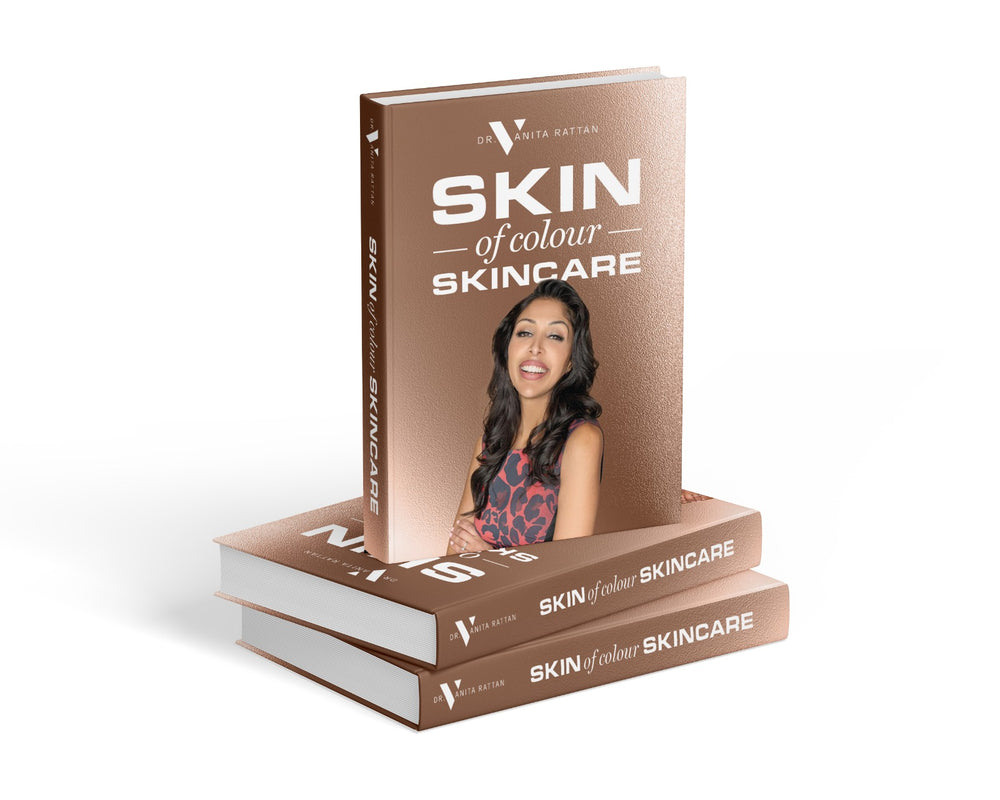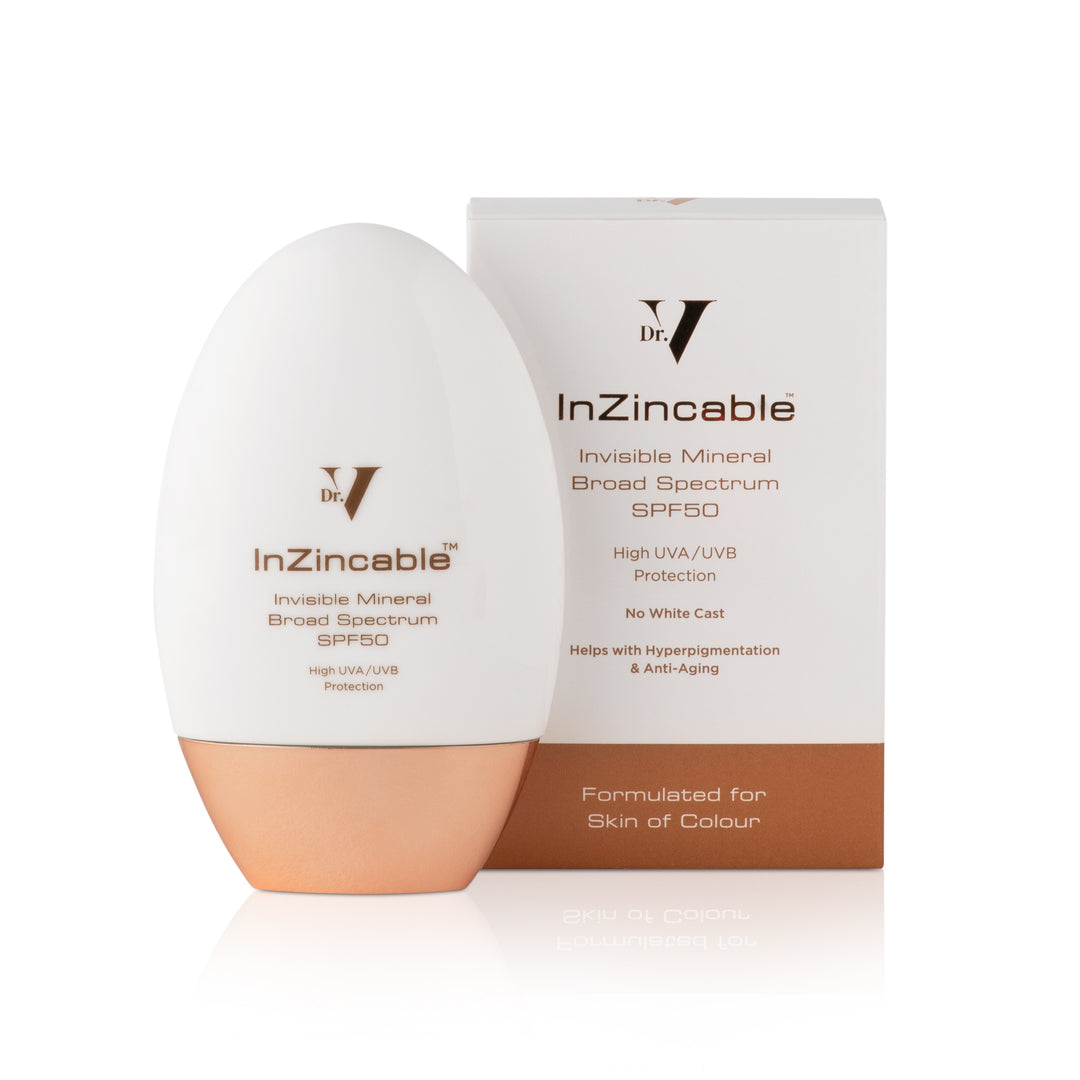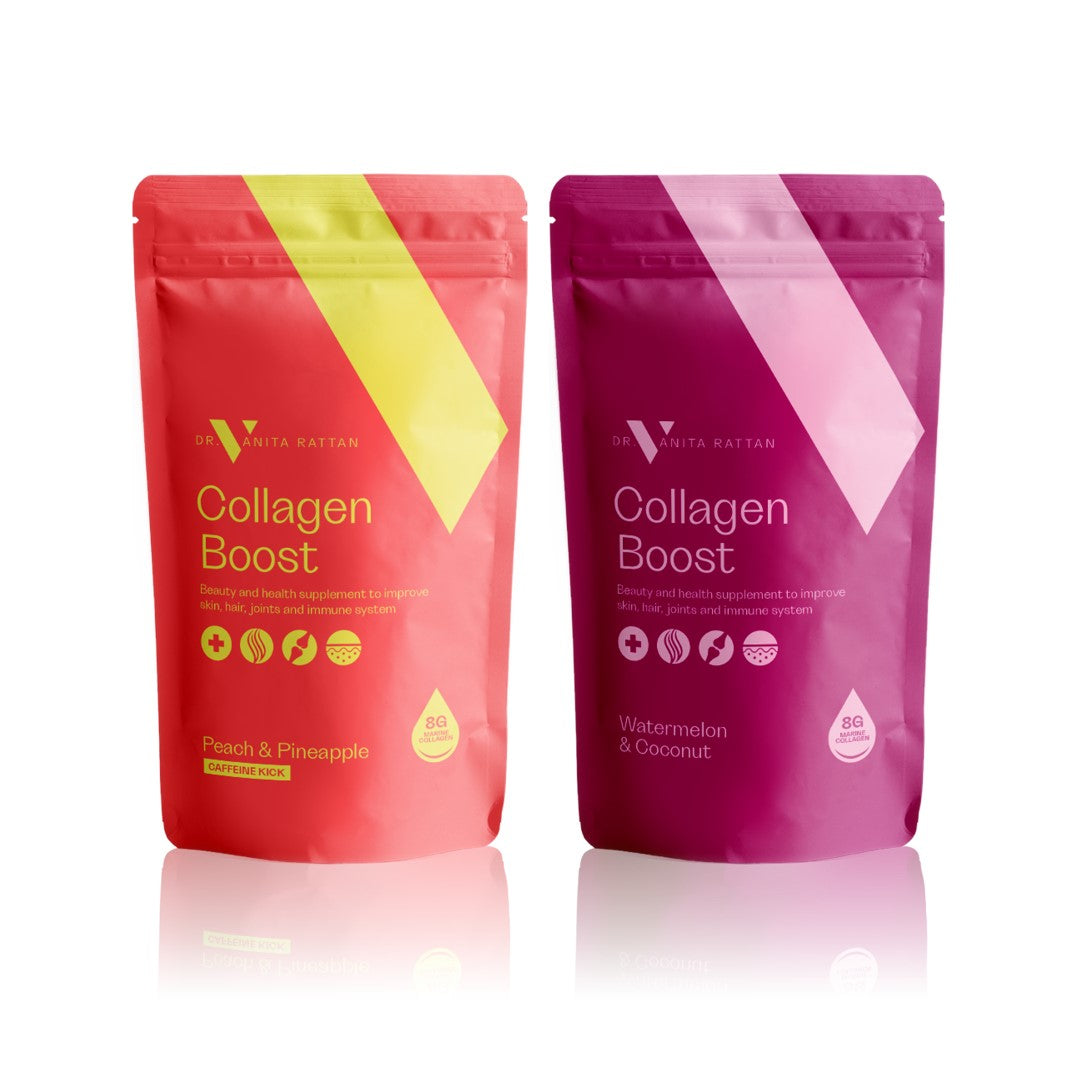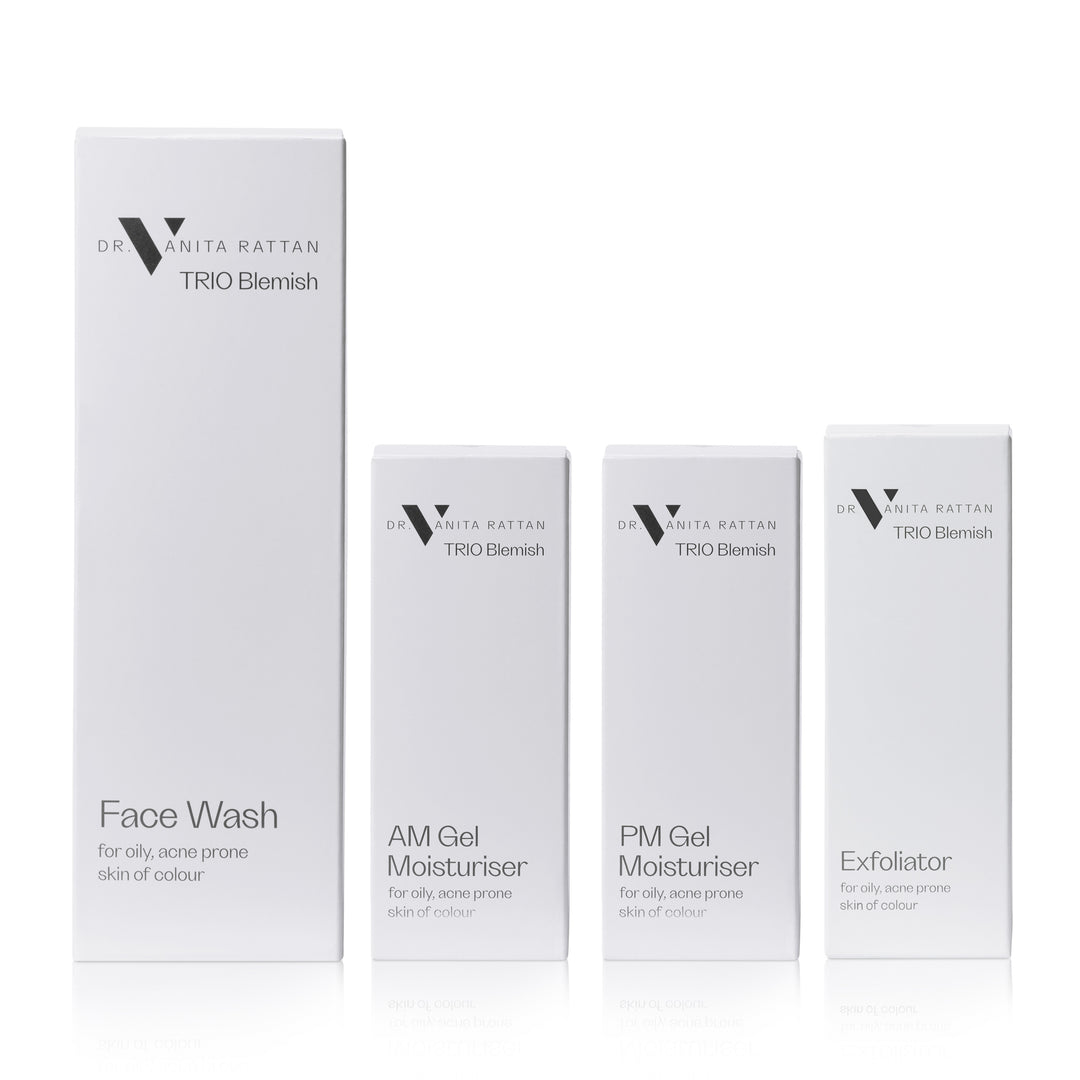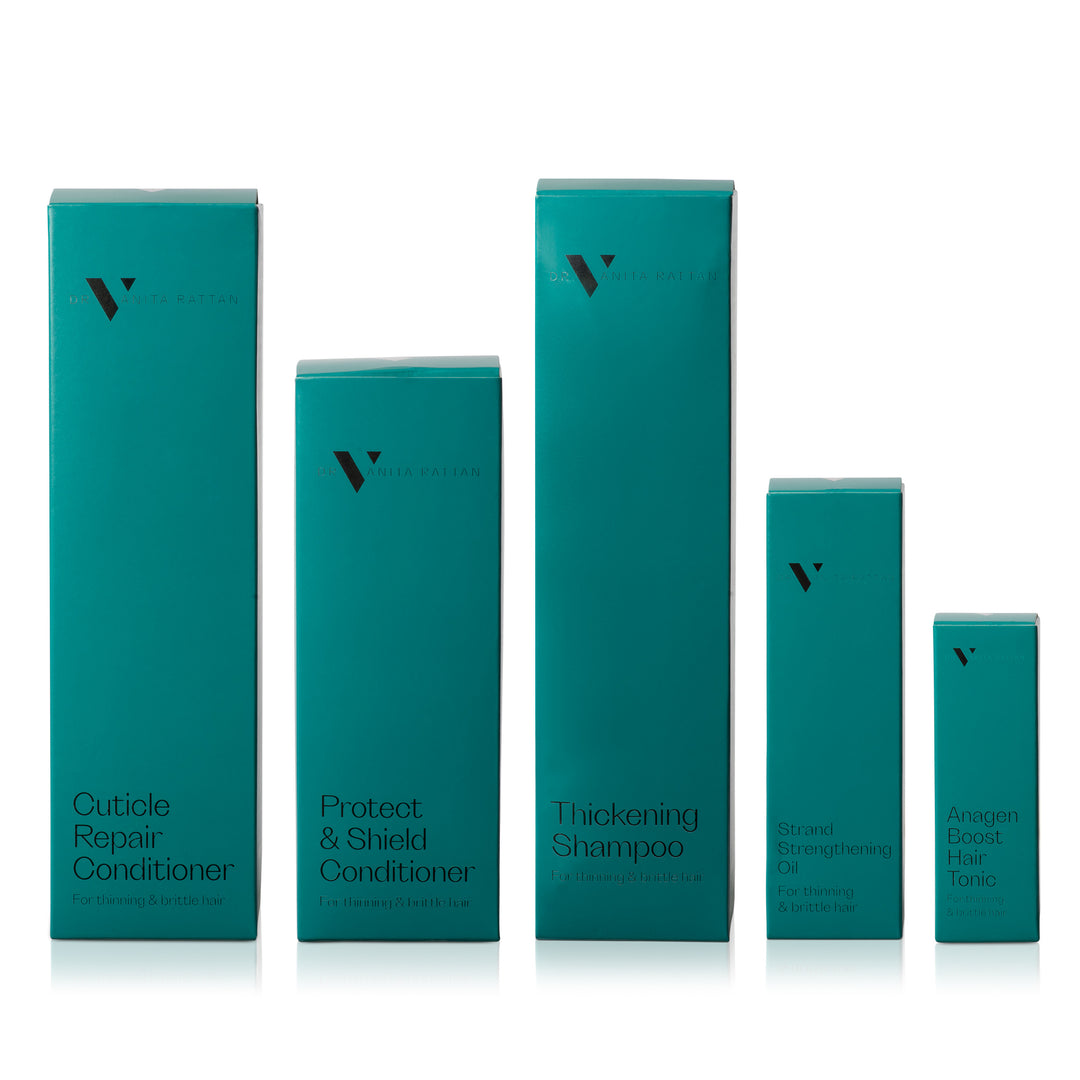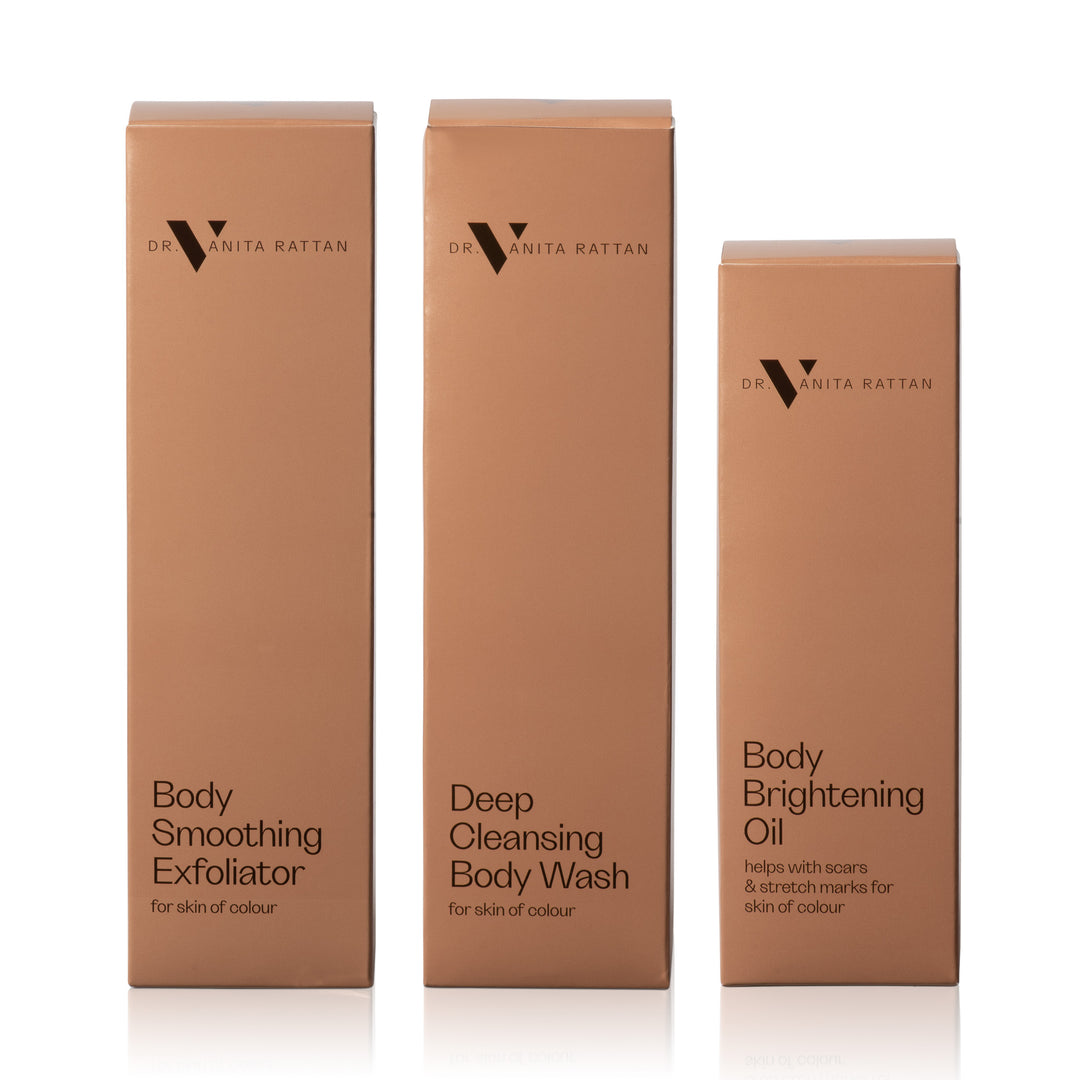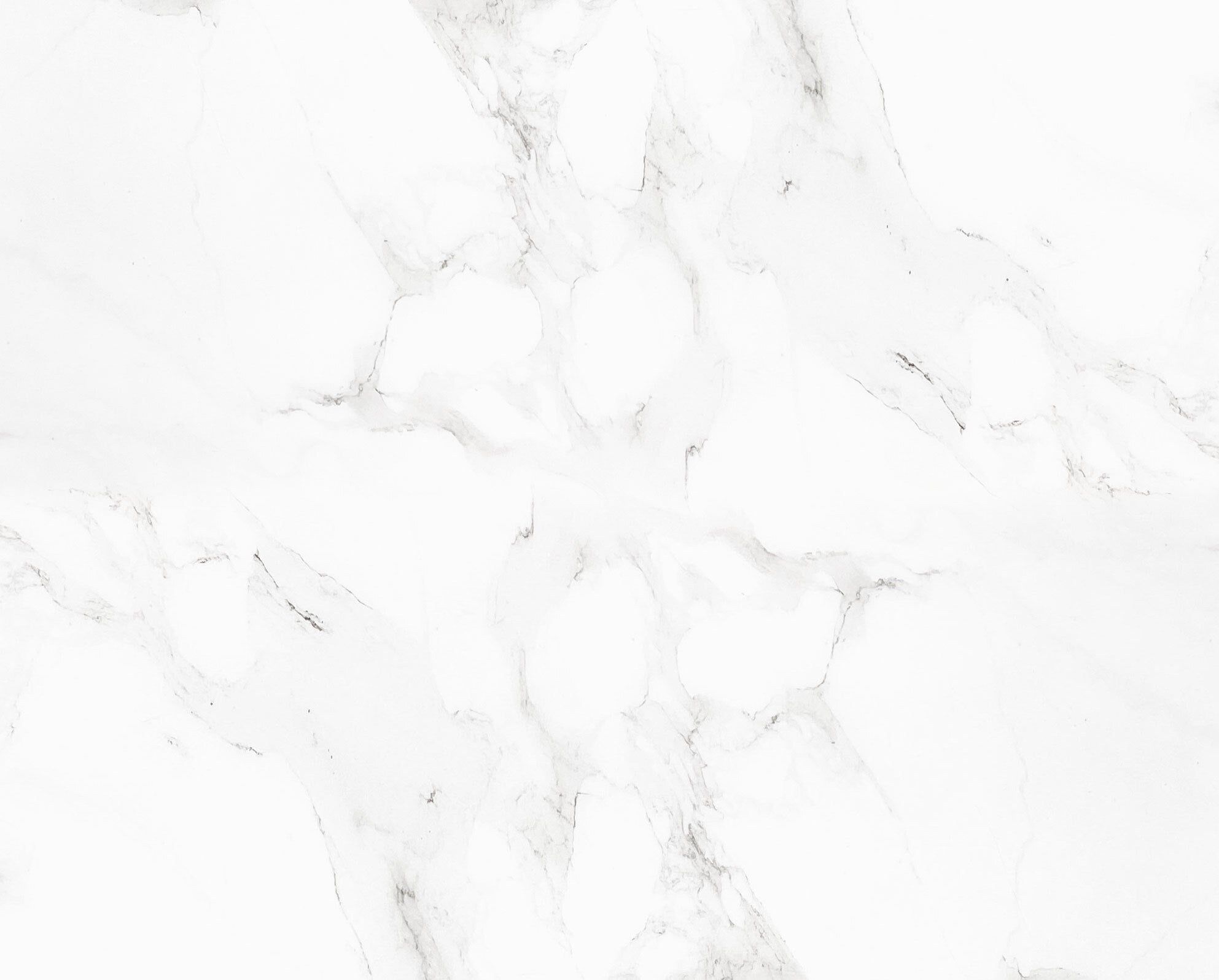Best Exfoliation Practices for Skin of Colour

Exfoliation is a crucial step in any skincare routine. It involves removing dead skin cells from your skin’s surface, improving texture, promoting cell turnover, and enhancing the absorption of your favourite skincare products. However, many people make mistakes with this step of the routine that lead to other skin concerns. Here’s how to exfoliate like a pro and achieve smooth, glowing skin.
1. Choose the Right Product:
Types of exfoliation methods:
Physical Exfoliation: This involves manually scrubbing your skin with abrasive substances like scrubs with beads, brushes, or sponges. Avoid these for both body and face, as they can be too harsh for skin of colour, leading to sensitivity, a damaged skin barrier, and micro-tears. So, remember, no more apricot and walnut scrubs!
Chemical Exfoliation: This includes acids such as alpha hydroxy acids (AHAs), beta hydroxy acids (BHAs), and polyhydroxy acids (PHAs). These are generally safe and effective for everyone, including those with skin of colour.
Enzyme Exfoliation: Enzymes work like chemical exfoliators but are sensitive to pH and temperature changes. Ingredients such as bromelain and papain can irritate skin of colour. The reason is melanocytes are larger in darker skin tones and can trigger easily, leading to hyperpigmentation.
DIY Exfoliation: The phrase "if it’s good enough to eat, it’s good enough to put on your skin" is misleading. For instance, lemon juice has a pH of 2, which is much lower than the skin’s pH of 4 to 5, and can lead to pigmentation. Always use products formulated for skin care rather than kitchen ingredients.
2. Know Your Skin concerns
Oily/Acne-Prone Skin: Opt for a 2% salicylic acid exfoliator (aka BHA). It penetrates deep into the pores and removes sebum and dead skin cells. It is effective for treating and preventing breakouts.
Hyperpigmentation/discolouration: Mandelic acid and lactic acids come under the category of AHA acids, and are safe and effective to use for skin of colour. They work by dissolving the bonds between dead skin cells, revealing healthier skin cells to the surface. These are effective in treating hyperpigmentation, dark marks, and uneven skin texture without causing irritation or inflammation.
For dull and bumpy body skin: For red, bumpy skin or ingrown hairs on legs and arms,, you must use a body exfoliator. Dr. V Body Smoothing Exfoliator is formulated with AHA/BHA/PHA exfoliants. It brightens skin, unclog pores and improves better penetration of other ingredients.
Dry/damaged skin barrier: If your skin is dry, flaky and very sensitive, stop all kinds of exfoliation. Instead, follow a basic routine to strengthen the skin barrier.
3. Pairing with other ingredients
Avoid applying irritating ingredients on freshly exfoliated skin. For example, don't apply benzoyl peroxide or retinol after AHA exfoliation. Similarly, if using BHA or salicylic acid, separate the days you exfoliate from the days you use a retinol serum. Alternately, use less irritating forms of vitamin A such as retinaldehyde.
4. Sun Protection is a Must
Exfoliation can make your skin sensitive to the sun. Always apply sunscreen everyday. Look for a broad spectrum SPF 50 sunscreen with PA rating of 4.
5. Use a moisturiser
Exfoliation can irritate the skin, so always moisturise and protect your skin afterwards. Use a NAFE-safe moisturiser, free from harsh alcohols, fragrances, and essential oils. Ideally, it should contain anti-inflammatories and humectants to hydrate the skin, making it soft and supple.
6. No makeup after exfoliation
Your skin tends to be sensitive after exfoliating, so it’s better to avoid makeup immediately afterwards. Exfoliate at night for a smoother makeup application the next day.
7. Over exfoliating
Over-exfoliating is a common mistake, often caused by combining multiple exfoliation methods or using a single method too frequently. To avoid this, stick to one exfoliant and follow the recommended usage guidelines—using more won't necessarily improve results and may actually harm your skin. When introducing a new exfoliant, always perform a patch test on a small area to check for any adverse reactions.
By following these practices, you can achieve smooth, glowing skin while avoiding common exfoliation mistakes.


